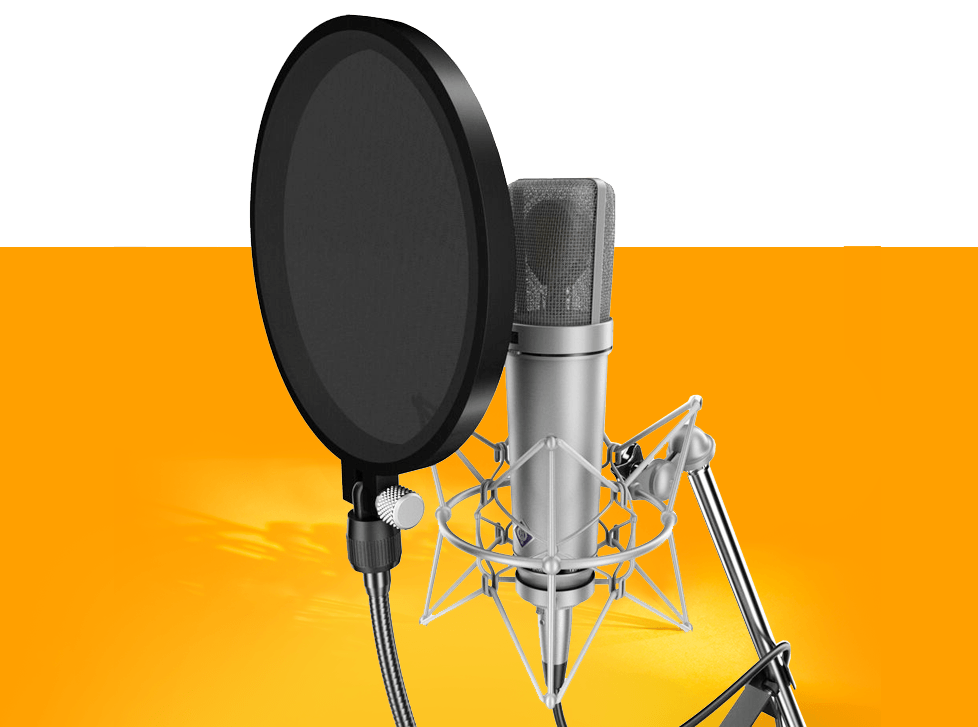6 Reverb Mistakes You Might Be Making
Jeremy Alves | April 12, 2018
Reverb is by far one of the most valuable techniques in the audio engineers arsenal. Applying reverb can do so much for a song: it adds a sense of depth, can change what type of “room” the sound sounds like it was recorded in and beefs up an otherwise flat sounding song.
But just because it’s an easy tool to add to make a song sound great doesn’t mean it comes with its own set of pitfalls. Here are five mistakes you might be making with reverb:
Find The Right Room First
A lot of times engineers will choose the most generic reverb effect to apply to the track, and then EQ the hell out of it. This is a mistake because it’s not only an inefficient use of time, it also goes against the point of adding it in the first place.
Instead, use your time going through the various room tones and plates to get the one that sounds closest to the sound you are going for. Only then once you’ve found the best possible option should you open up the reverb’s EQ and start tweaking.
Use it sparingly
Most of the time when beginner engineers find a tool that they really like, they add it to everything. Reverb, like compression is not hot sauce, so don’t put it on everything.
Reverb works best when it is added to something to make that particular track stand out. If everything has reverb, not only will it become a washy mess, but goes against the whole point of adding it in the first place.
Don’t Fry Your Computer
One of the big mistakes that newby engineers also frequently make is by forgetting about bus sends. We’ve already determined that you shouldn’t add reverb to every track, but if you are adding the same verb to a group of instruments, instead of applying it directly to each track , send them all to a bus and apply the effect to that.
For one, it’s easier to make changes to all of them if you are modifying a bus, but on the other hand it won’t overload your computer the way a bunch of individual effect will.
Now that being said, you shouldn’t apply the same verb to too many tracks. If you have a bunch of tracks with the same reverb, you will lose a lot of its desired effect.
Remember to Add Time Decay
Time decay is how you tell the plugin how long the reverb should last. A common mistake mixers make is leaving the decay too long, muddying up the mix with sounds that carry on for too long, clashing with other sounds.
There is a real art when it comes to determining how long or short your reverb should last. To answer this, consider how much space is between sounds in your track. For a slower, more ambient song, longer reverb is more acceptable. If you have an upbeat pop or dance song, it’s might be best to cut it short so it doesn’t clash with other sounds.
Reverb Vs. Delay
There’s a lot of debate between reverb and delay and which one is better. But more often than not, people mix up one for the other. Understanding the difference is hugely important, because both are good for different reasons.
But what are the differences? Delay is taking a noise and literally delaying it by a chosen amount of time. With it you can also choose to repeat it the part, which is why it so often gets confused with reverb.
Reverb on the other hand is taking a noise and adding depth to it. Reverb emulates live spaces, and the way soundwaves react in a larger or smaller environment, as well as the material that room is made of.
Delay might be better for adding depth to a slow song, when reverb could be more useful when trying to make your drums sound like they are being hit across a large hallway. Both have their uses, and determining what sound you are going for will determine which you should use.
It’s Not A BandAid
One of the most common uses of reverb is to mask a poorly performed instrument or vocal take. If you are using reverb to make a crappy track sound good, you aren’t doing it right.
When reverb is added to make a bad performance sound good, you aren’t adding verb to sound good in context of the song, rather how to make that individual track sound less bad. This tactic is sloppy — in this case you should consider re-recording the tracks or finding a way to move forward without using the bad take.
Ready to Start?
OIART's Audio Program Includes:
✓ Small Class Sizes
✓ On Site Facilities
✓ Industry Leading Instructors
✓ Post Grad Support & Guidance
✓ Exclusive 11 Month Program
Top Reasons Why You Should Choose OIART.
Have Questions?
If you have questions about our audio engineering and music production program or would like to book a tour, we would be pleased to speak with you.
Text Us: 519.200.4151
Share This With a Fellow Music Lover
Apply in 4 Steps!
Step 1: Click apply now.
Step 2: Answer 8 questions about yourself.
Step 3: Upload supporting documents.
Step 4: That's it! You are done.
Share this with fellow music lovers


